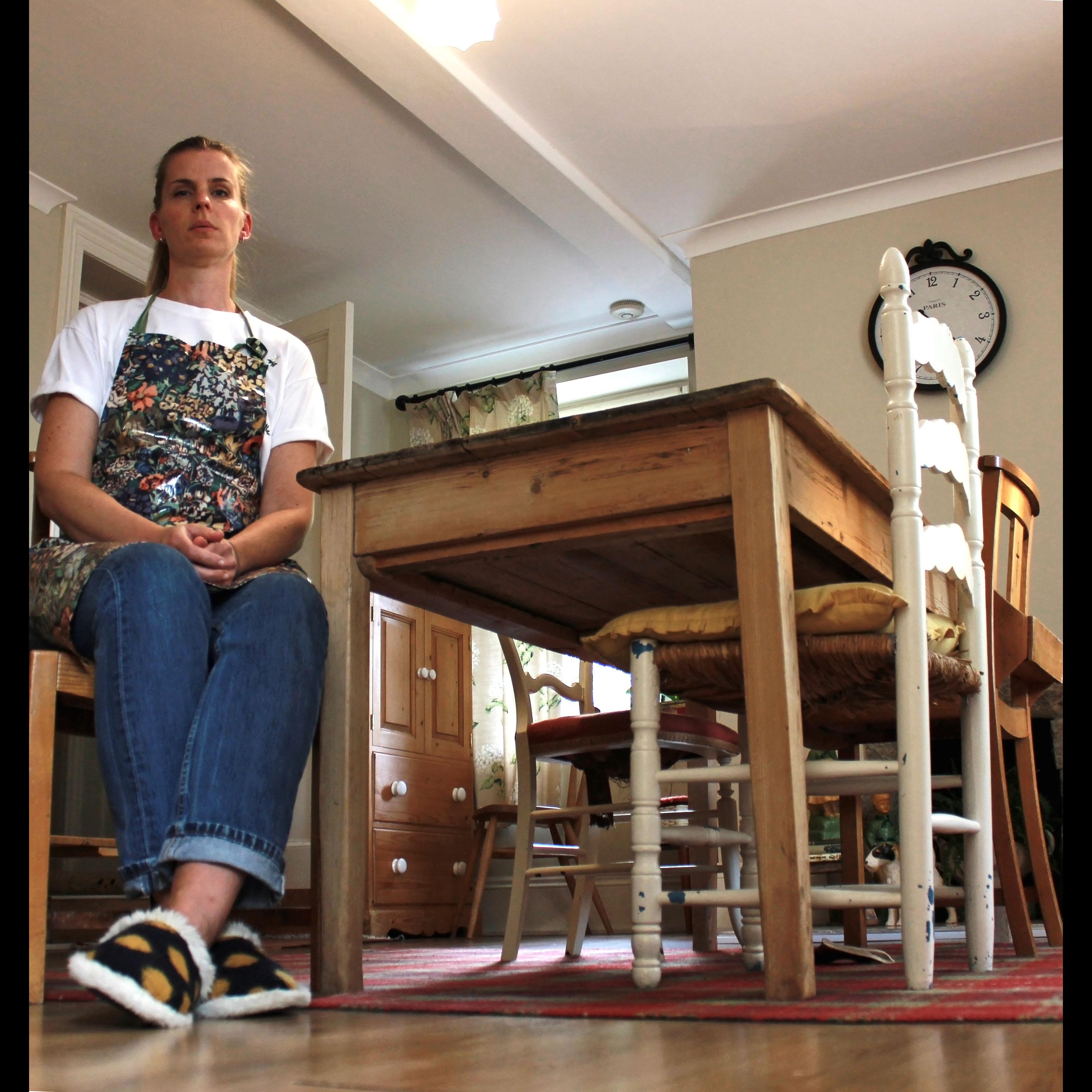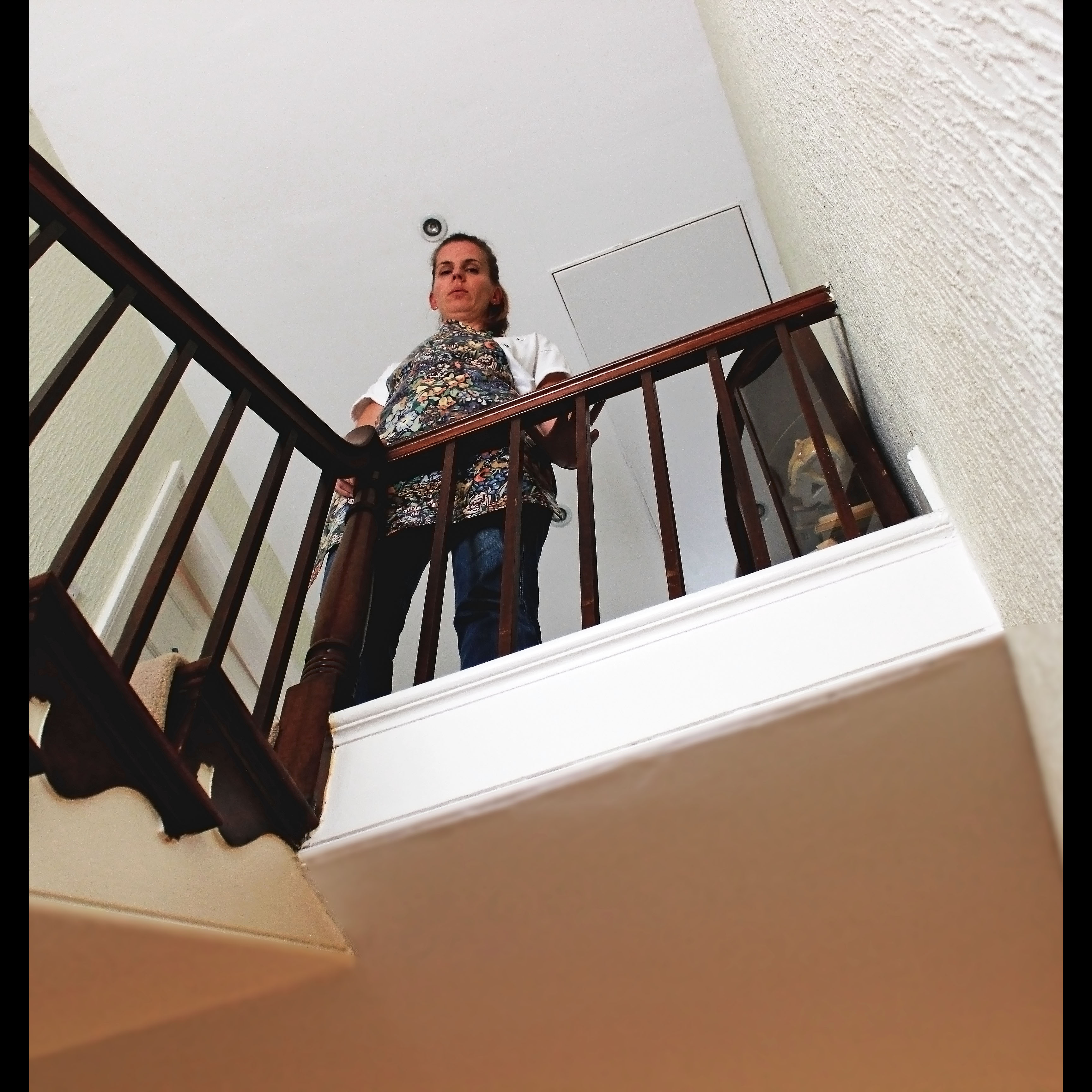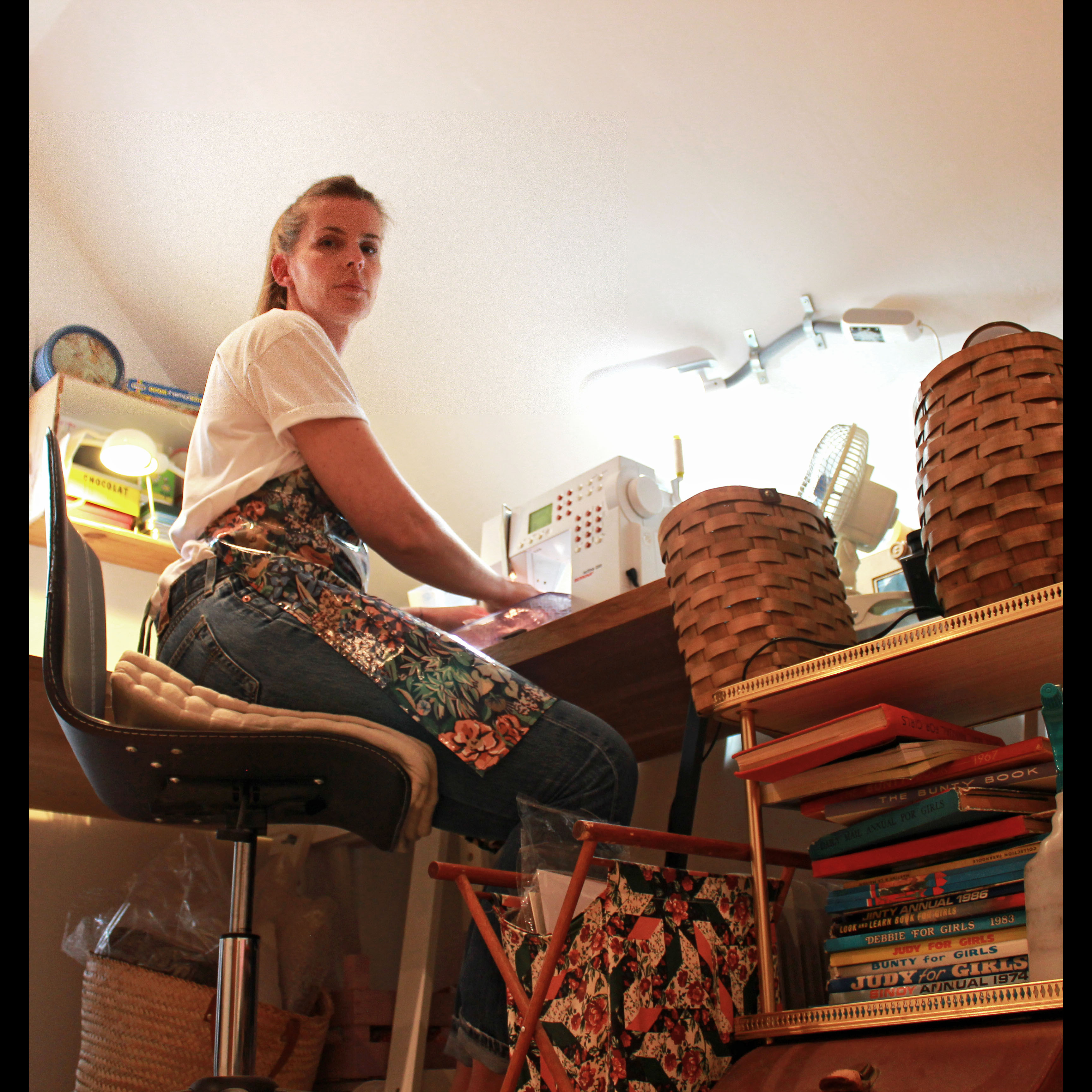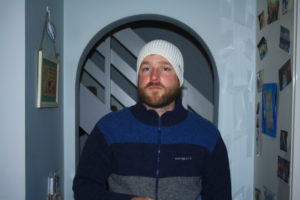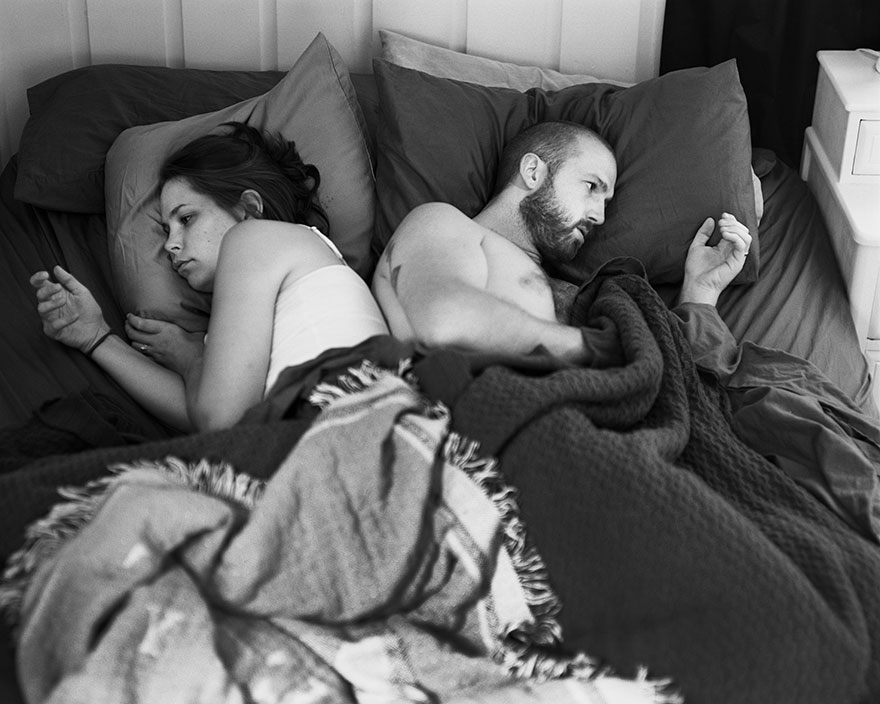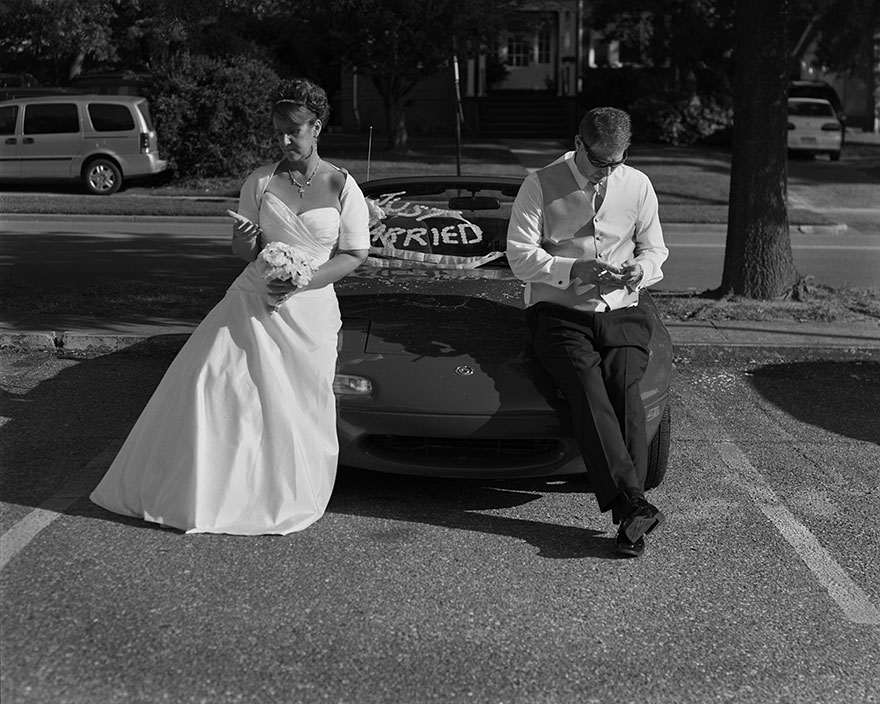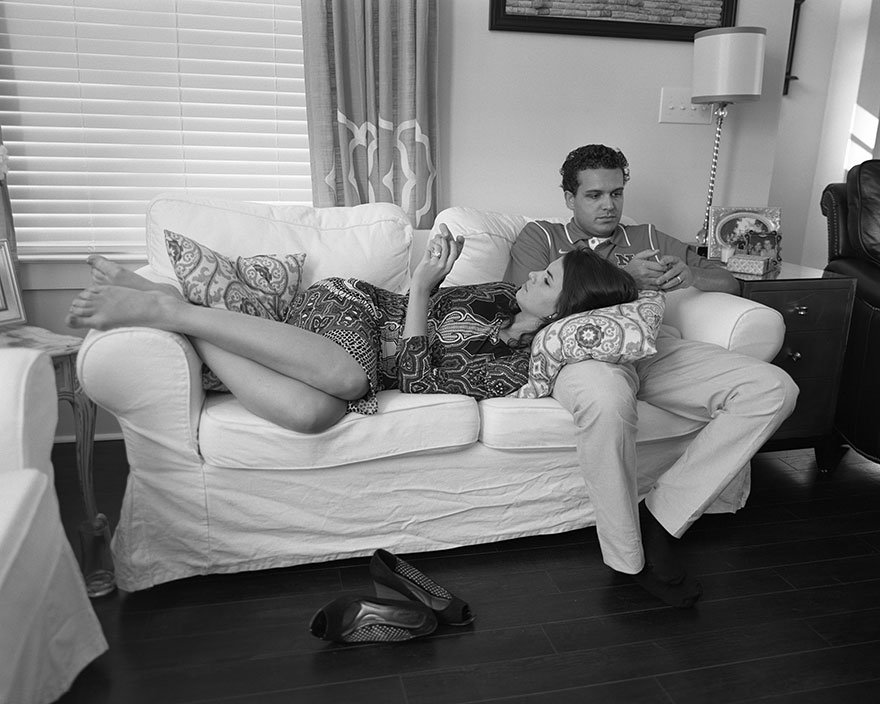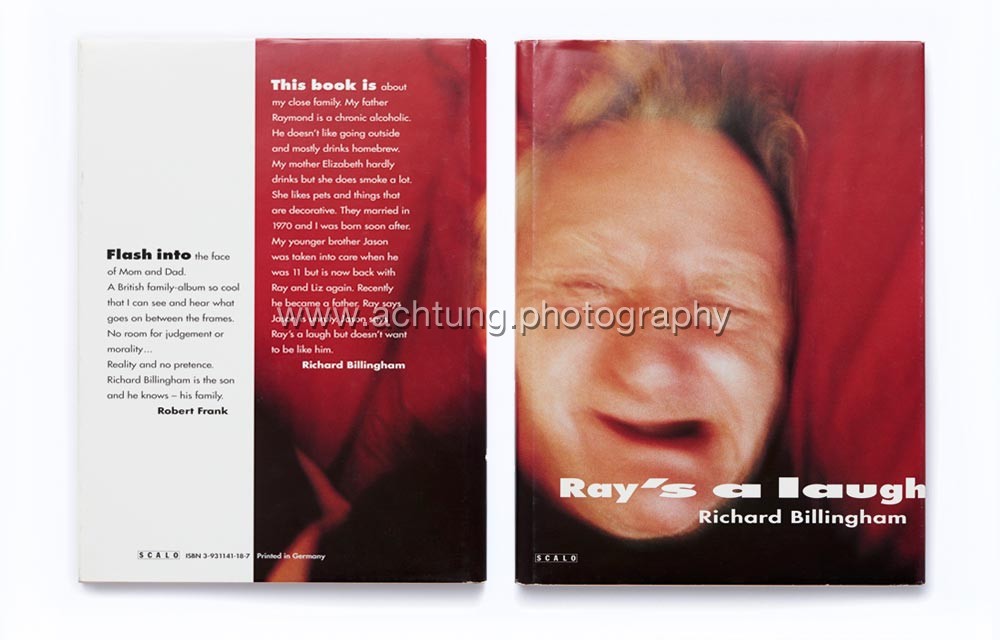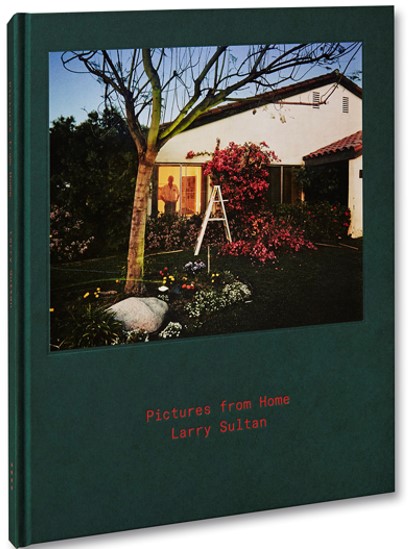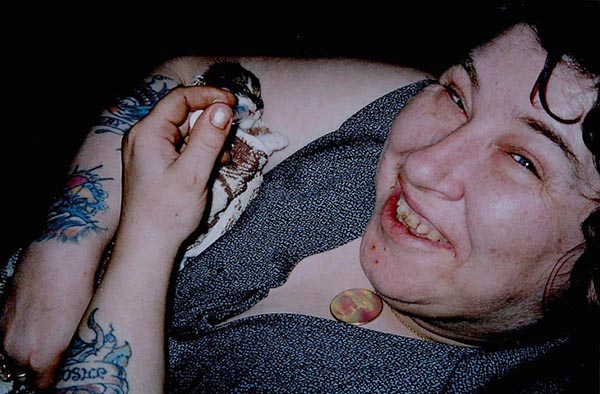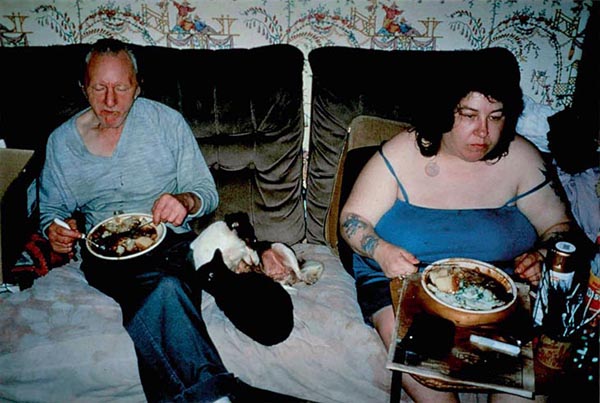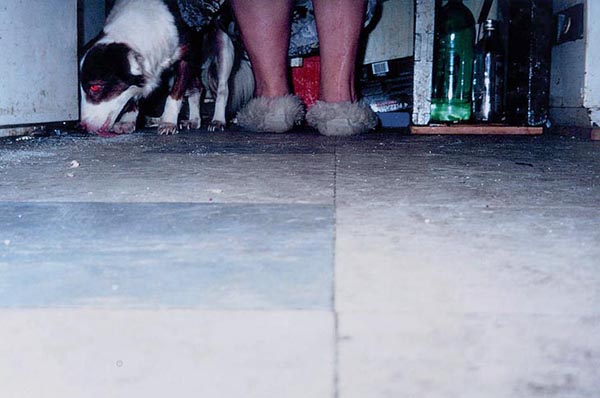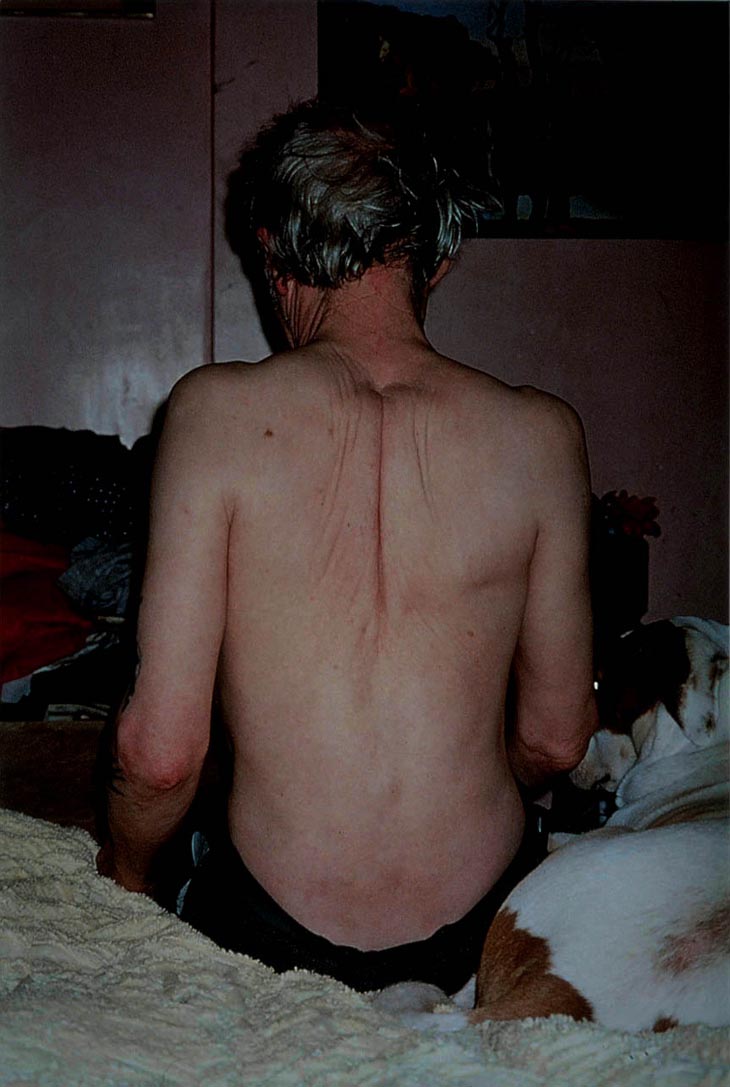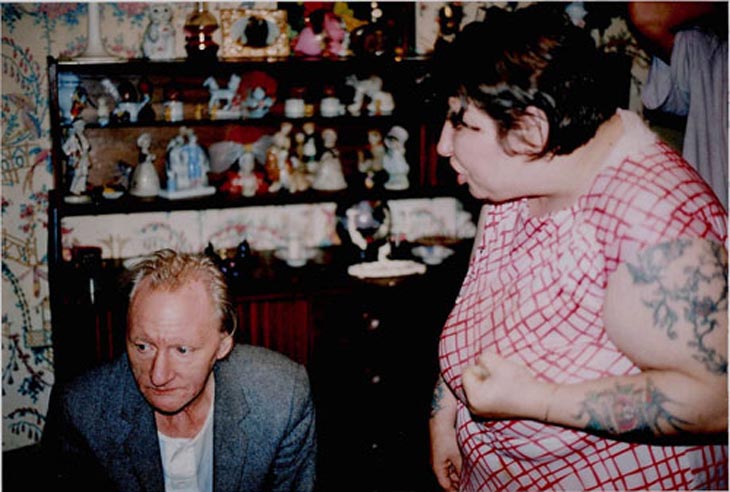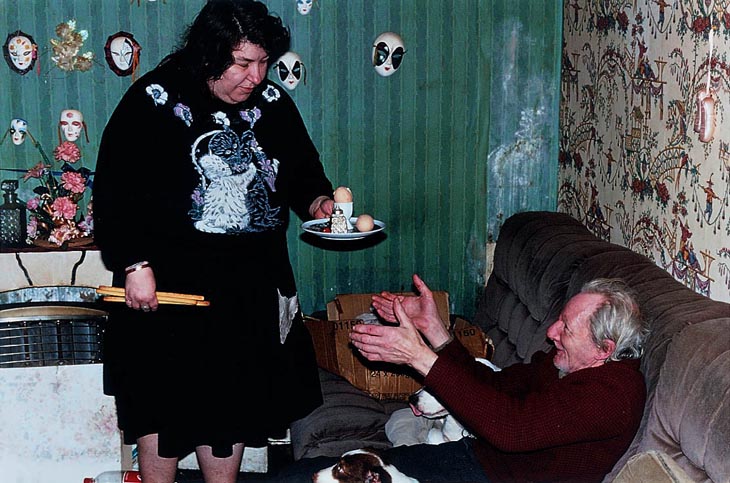To study the idea of representation in photography and how certain aspects within imagery are presented to an audience, I will be looking at the work of world-renowned photographer, Steve McCurry, who is a very iconic documentary photographer succeeding in his captivating images produced for National Geographic.
Steve McCurry (born April 23, 1950) is an American photographer. The photographer, is best summed as world-renowned success in the medium of documentary photography, especially in culturally deprived areas such as Pakistan and Afghanistan. He has worked in photojournalism and editorial. He is best known for his 1984 photograph “Afghan Girl”, which originally appeared in National Geographic magazine. McCurry is a member of Magnum Photos.

The image above is the world famous portrait of a young girl in Afghanistan and is titled ‘Afghan Girl’ for obvious reasons. Taken by Steve McCurry when traveling the world producing content of National Geographic, there is something very touching about the image above – something tat speak to the audience and I believe it to be because we know that this girl is likely to be very less well-of than we are if we use our schematic knowledge surrounding the topic of deprived areas such as Afghanistan this allows us to understand the likely difficult and traumatic life this girl may live – being surrounded by a war zone for most of her life and having to live with this as a environment that she has to grow up in. I, for one can feel a sense of sympathy and sorrow for this girl – she is young and lives a completely different life to us without the knowledge to understand the meaning behind possible explosions which occur on a day-to-day basis. We do not know of the help she may receiving if she does live a very poverty-run life and this portrait helps us to understand this. The use of her looking into the camera, directly at the audience is a very powerful tool and the facial expression gives off a feeling of trauma and vulnerability – her open and alert eyes let us know of her emotions, in that she is scared and overall it is a very well constructed image and is rightfully a world-famous image as it opens up a door to another life most of the world do not experience in their lives, and this is something we must be grateful for and McCurry has attempted to portray a unknown environment to us through his imagery. Us as humans love people watching and being a little nosey into others lives, which is why most of us enjoy and find pleasure out of watching vlogs, documentaries or capturing out own street photography or looking at other dociumeyatry photography but the scale on which McCurry does this at is on a much higher and more serious level. It triggers our satisfaction for being a fly-on-the-wall in others lies but this is for a much meaningful purpose. However, one thing I’d lie to pick up on is the fact that I, personally do not actually like the image – I don’t enjoy looking at it, not due to its context but due to the actual way it looks – it is not something that attracts me t the image and is more so the meaning behind the subject which draws me in. Hover, McCurry produced this image with the purpose to fit the style and method of National Geographic as a whole and this has been done to a tee as it shows us the harsh reality, although not direct, of what life in other parts of the world us like. The image appeared on the cover of National Geographic in June 1985. There is a reason McCurry has been hand-picked by national Geographic and is member of Magnum Photos and this is because he does his job so well and many people gave fallen in love with not only him and his work bit the actual physicality of what he captures in every image – the colours, the subjects, the cultures, the lifestyles – our ability to connect with every subject in each portrait is what we love because not every photographer has the ability to create an image so well – something I will be talking about later.
American Photo magazine says the image has an “unusual combination of grittiness and glamour.” which I believe to be very true.
Expanding on the idea of representation, like I mentioned before, this is a very touching and harrowing representation of this young girl and we are able to get an insight into her life. The girl is represented as quite lonely and isolated and form her facial expression, quite scared and lonesome and we don’t know whether this as true or staged as us as the audience can only act as people who interpret the content to what we believe but the notion of true and false is hard to decipher when looking at the work of McCurry, yet t is something we believe to see as true and not staged as this would be providing us with false visuals bit in another sense, we also hope for it to be false because we do not wish to face the harsh reality that people across the world, in abundance, do actually live like this. On the other, we appreciate the imagery that McCurry produces us because we get so experience other cultures for ourselves fro what see in the frame.
It has been likened to Leonardo da Vinci’s painting of the Mona Lisa and has been called “the First World’s Third World Mona Lisa“.
Now mentioned, looking at the similarities of the Mona Lisa and McCurry’s Afghan Girl, there are many resemblances of both in each other. It is perhaps that McCurry took inspiration of the elegance and pureness of the painting of Mona Lisa an then transferred this into his portrait of the young girl in Afghanistan. Both look directly into the camera with a blank facial expression. They both have long, dark, maroon coloured hair and wear a draped scarf or vale over their head. In both imagery, there is a sense of delicateness and urge to show the femininity if our world – to show the beauty of females whether that be through a painting or photograph and though we may be faced with something difficult to address, looking at McCurry’s work, the beauty is beneath. Maybe this is something else McCurry attempted to present and show us – the inner beauty of this young girl that is underpinned by the courageousness of her efforts to stay brave in the situation she found herself in at the time. It is aa though the women in both works are attempting to tell the audience something through the very intense gaze they possess. McCurry provides us with a modernised version of the Mona Lisa for us to embrace.
In early 2002, the subject of the photo was identified as Sharbat Gula, an Afghan woman who was living in the Nasir Bagh refugee camp in Pakistan during the time of the Soviet occupation of Afghanistan when she was photographed. This effort to re-photograph the same girl several years after she has once matured and become a grown adult tells a story and a very powerful narrative which the world can acknowledge as the image at the time when she was a girl touched the whole world as a community and again when her face is shown again over 15 years later. It was revealed that she had never seen the Afghan Girl image before it was shown to her in January 2002.
McCurry made several unsuccessful attempts during the 1990s to locate her. In January 2002, a National Geographic team travelled to Afghanistan to locate the subject. McCurry, upon learning that the Nasir Bagh refugee camp was soon to close, inquired of its remaining residents, one of whom knew Gula’s brother and was able to send word to her hometown. However, a number of women came forward and identified themselves erroneously as the famous Afghan Girl.
Although being a very successful and iconic image worldwide, ‘Afghan Girl’ and many of Steve McCurry’s other images taken in India during his time there for National Geographic can be seen to be quite romanticised and purposefully made to look more glamorous than reality suggests native to India, writer for New York Times Magazine, Teju Cole, explores this in more detail and criticises McCurry’s work on this very factor that many of his images seem ‘too perfect’ and he compares other representations of India that come from natives, such as Raghubhir Singh to McCurry’s and finds an evident juxtaposition between an insider’s view and an outsider’s view. Making for an interesting story about presenting a fake reality to please a modern by audience looking for extravagantness and in reverse, we see a more real and raw look of a country told by the locals, not tom please audiences but to provide reality.

Teju Cole in his article addressing this topic he feels very passionately about goes as far as to say that McCurry’s images are “astonishingly bring” which may seem quite harsh and disrespectful as most would see McCurry as a hugely influential and dedicated photographer but I can see where Cole is coming from with this very brave statement as there isn’t much in his images that sparks interest from me in terms of look and visuals. Like I said, you would think that McCurry’s work should be admired and loved by everyone because of its popularity in National Geographic and his image of the Afghan Girl which will live in memory but his work is not for everyone, including Teju Cole and myself but Cole himself mentions the immense popularity of McCurry’s work which “adorns calendars and books, and commands vertiginous prices at auction.” – in other words ‘sells for ridiculously expensive prices’ and Teju Cole cannot see the demand for such images which are “boring” because he sees the images produced by McCurry as unrealistic of Indian culture – evident in the image above where photographed is a very glamourous scene where in frame is a train going by with natives on the front in their colourful and beautiful headdresses looking very polished and slick and in the background is the Indian landmark. the Taj Mahal and it almost seems “too perfect” much like the title of the article suggest. Cole says “The men are real, of course, but they have also been chosen for how well they work as types.” This is suggesting a fake presence around McCurry’s work that they have been specifically chosen as they look well together and it makes for a very glamorous image which is not a true representation.
Indian photographer, Raghubir Singh worked from the late ’60s until his untimely death in 1999, traveling all over India to create a series of powerful books about his homeland. His work shares formal content with McCurry’s: the subcontinental terrain, the eye-popping colour, the human presence. Within these shared parameters, however, Singh gives us photographs charged with life: not only beautiful experiences or painful scenes but also those in-between moments of drift that make up most of our days.” Here Cole talks about the difference between Singh and McCurry’s work as well as similarities but focuses on the negatively charged feelings which exude from McCurry’s work in particular and suggests that this is incorrect and not how he wishes for his homeland to be shown and therefore, with pride, backs the work of Singh to show what India is – in that it is a land full with life but is better shown through the snap-shots of everyday life – what is in between the hustle and bustle of a usual busy location.


An example of Singh’s work is show above and is quite the opposite of McCurry’s work although taken of the same content – just much more relaxed in its composition. Singh focuses on creating a ‘snap-shot’ of one second in time – no-one is looking directly into the camera, not is there exaggerated shadows and colours enhancing in after-affects and instead we are given a much more raw representation of India’s busyness told from the perspective of an insider. Although an outsider’s view, McCurry’s amateur representation of India is still loved because we are given something simple to feast our eyes on; not a narrative which needs to be unpicked yet still enjoyed in its visuals – much like what Singh’s work offers.
Looking at another view, above is the music video for Coldplay and Beyoncé collaboration song ‘Hymn For The Weekend’. Although very poplaur, it has spakred much controversy over its intentions.
Written by Billbaord, ‘Coldplay’s new “Hymn for the Weekend” video featuring Beyoncé that was released on Friday 29 January is catching some heat over its Indian inspiration, with some online calling the Mumbai-shot clip a work of appropriation while others defend it as an appreciation of the foreign culture.
People were seen to express their fury at both Beyoncé and Coldplay and people took to Twitter to outburst their range over what should be seen as an offense to the local culture instead is being ignored because it has been addressed by two popstars who are worth millions. Some said ‘Are we gonna discuss how Beyoncé dressing up as an Indian woman for the Coldplay video is cultural appropriation, or no?’ and another said ‘Just because it’s Beyoncé, doesn’t mean she’s right. She is being offensive and appropriating our culture.’ However, some actually like the fact that Beyoncé was seen in the video to dress up as an Indian woman as it empowers them and someone said ‘I adore Beyoncé for embracing my culture. In a country where I’m a “terrorist” I have never felt more accepted’. And it is argued that Beyoncé is likely not offensively appropriating due her black origins and this would not be in her remit.
However, In my own view, I had never looked that far into it until now and just saw it as a band who wants to embrace the culture of India and not intentionally offend anyone by different people have their own views on representation and it is often misinterpreted.





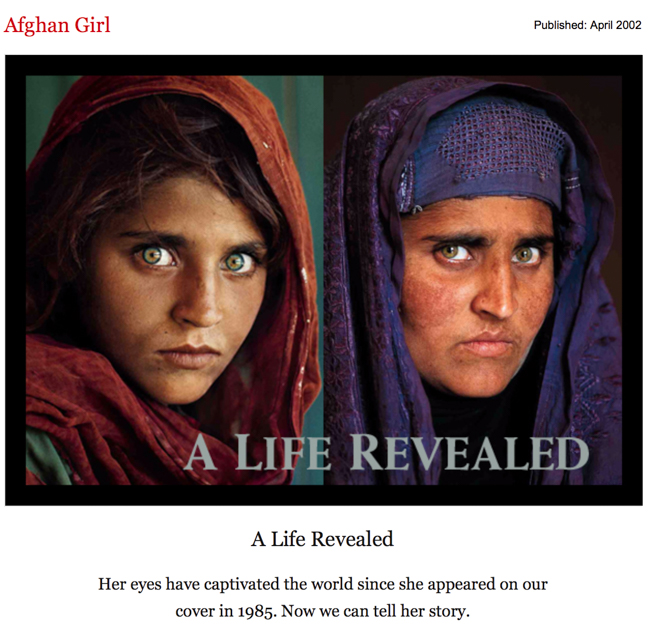


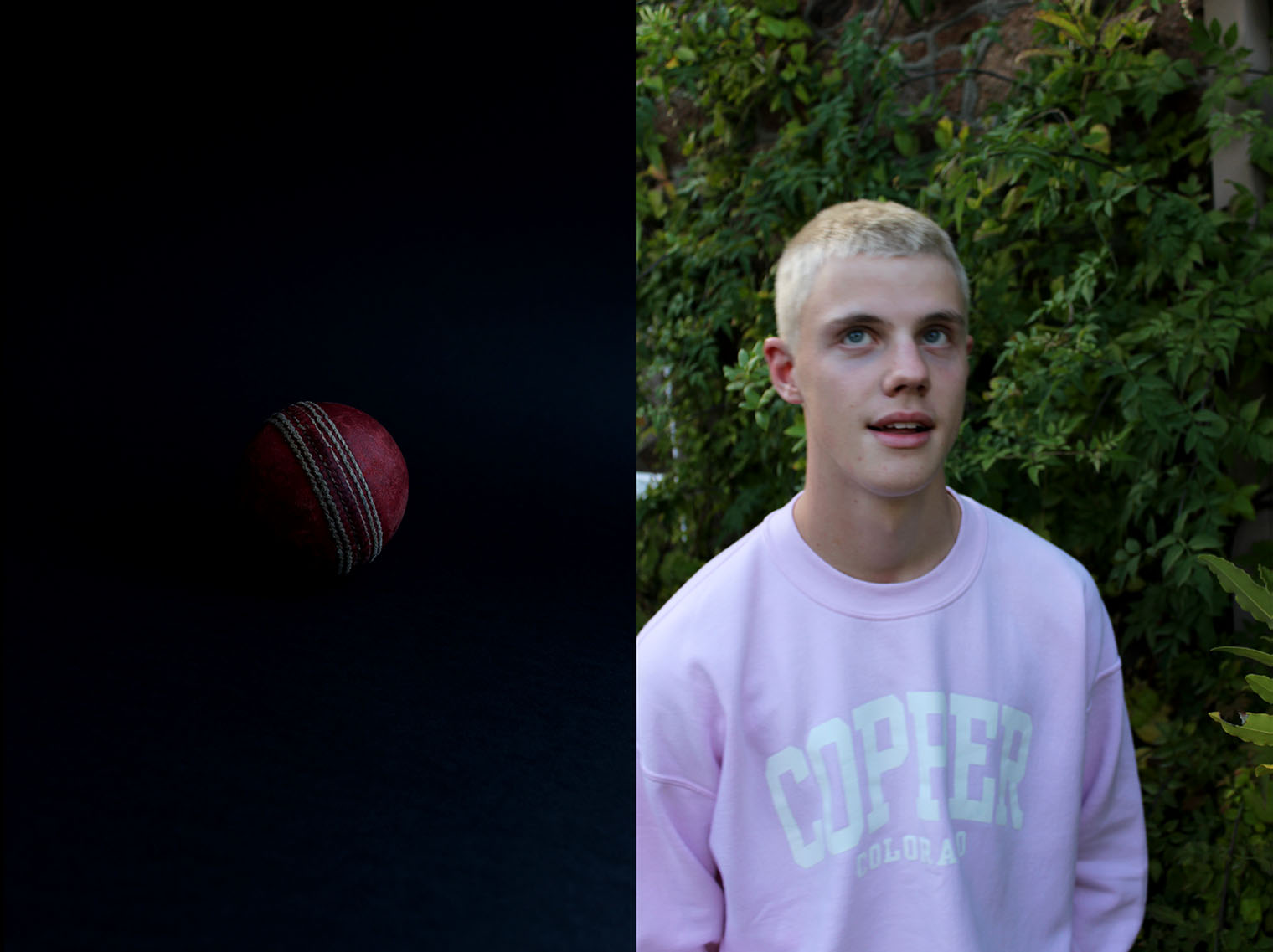
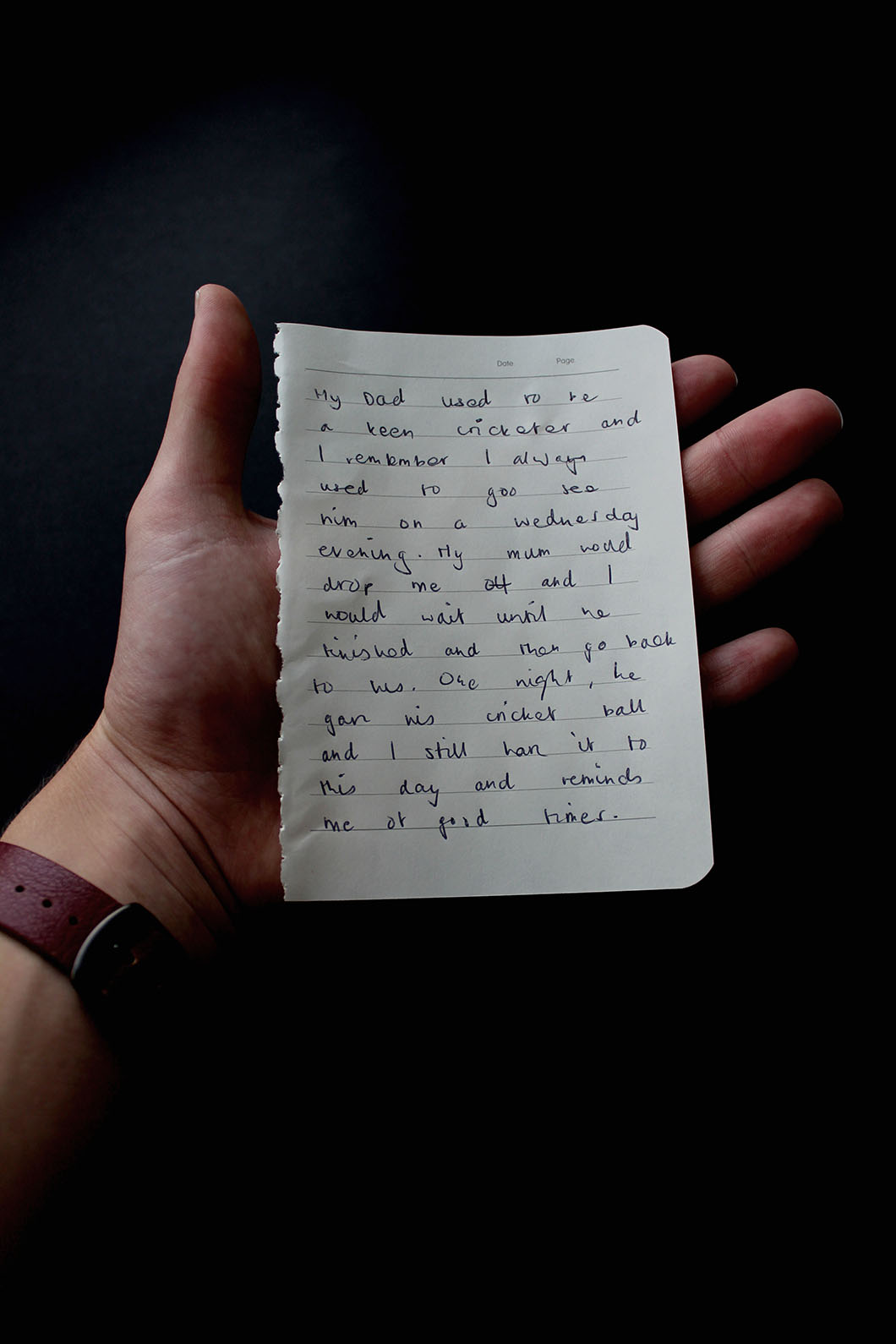
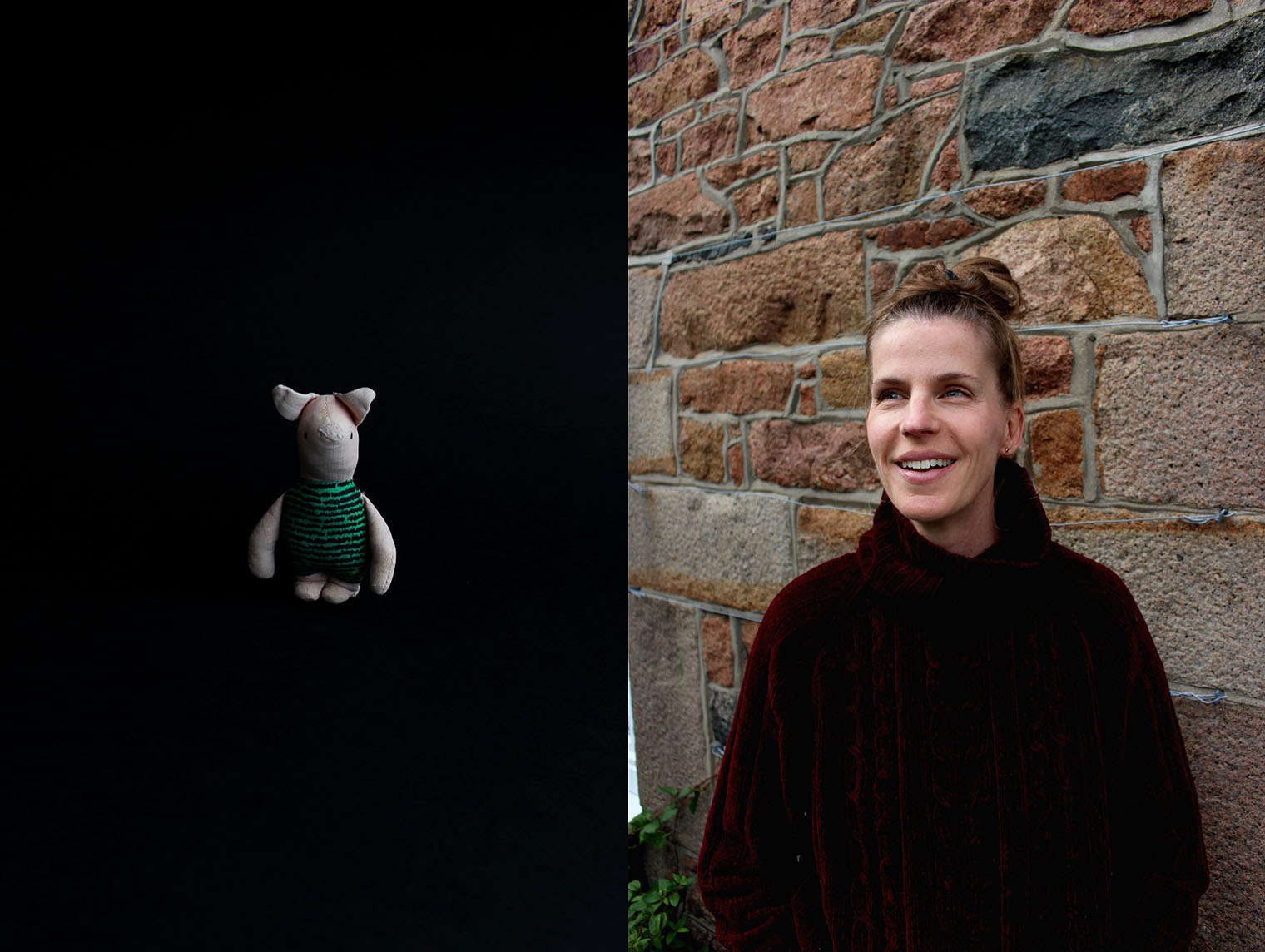
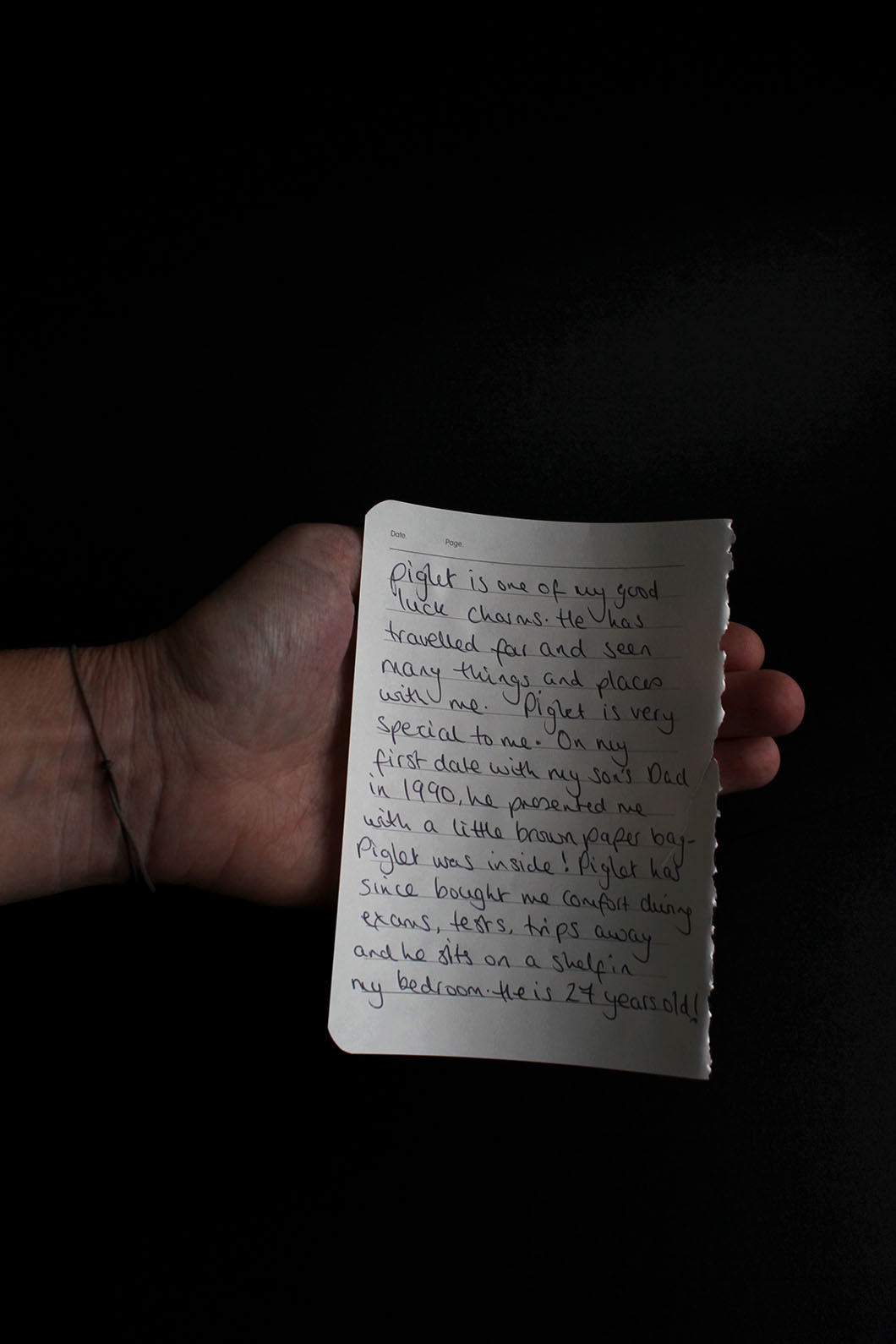

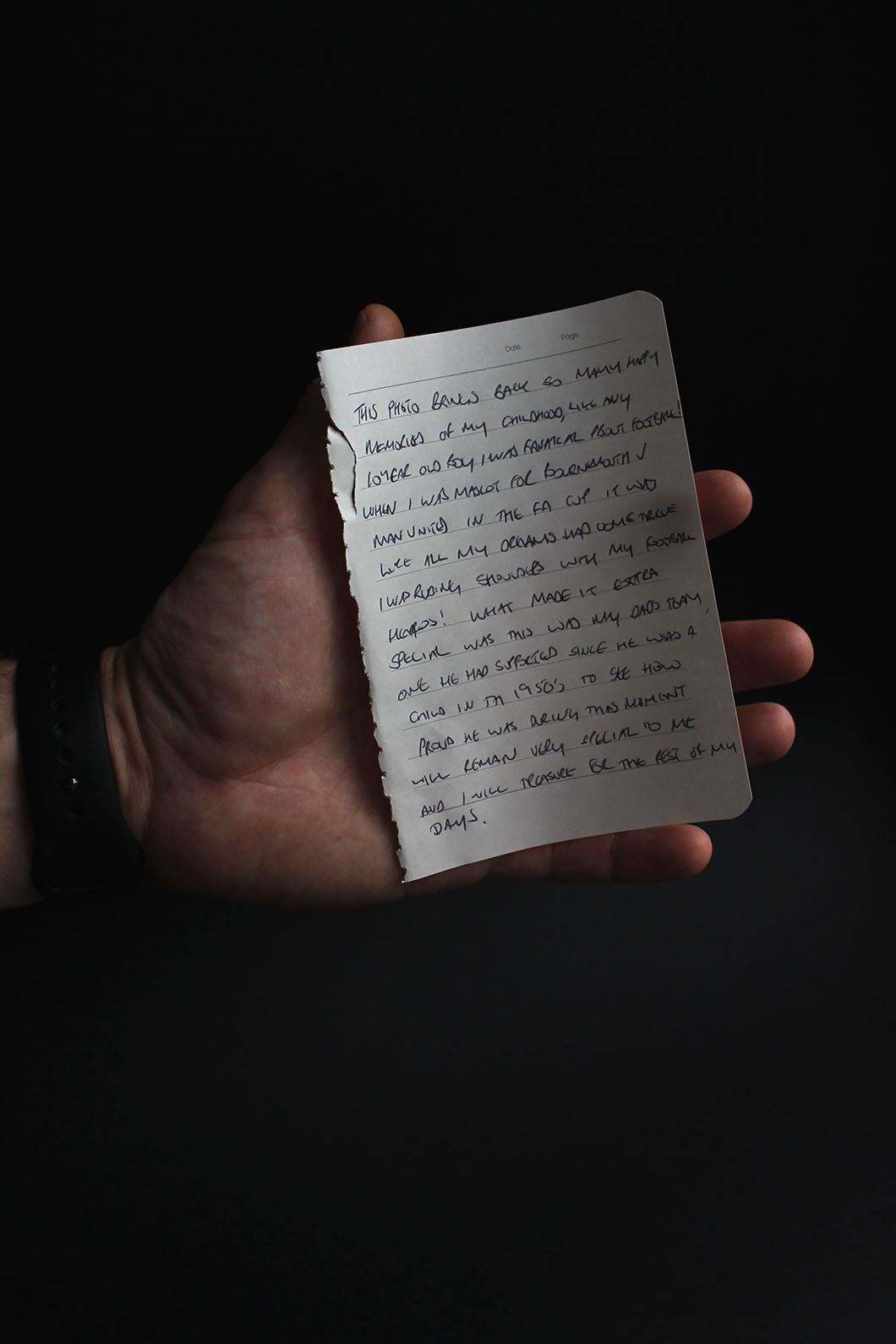

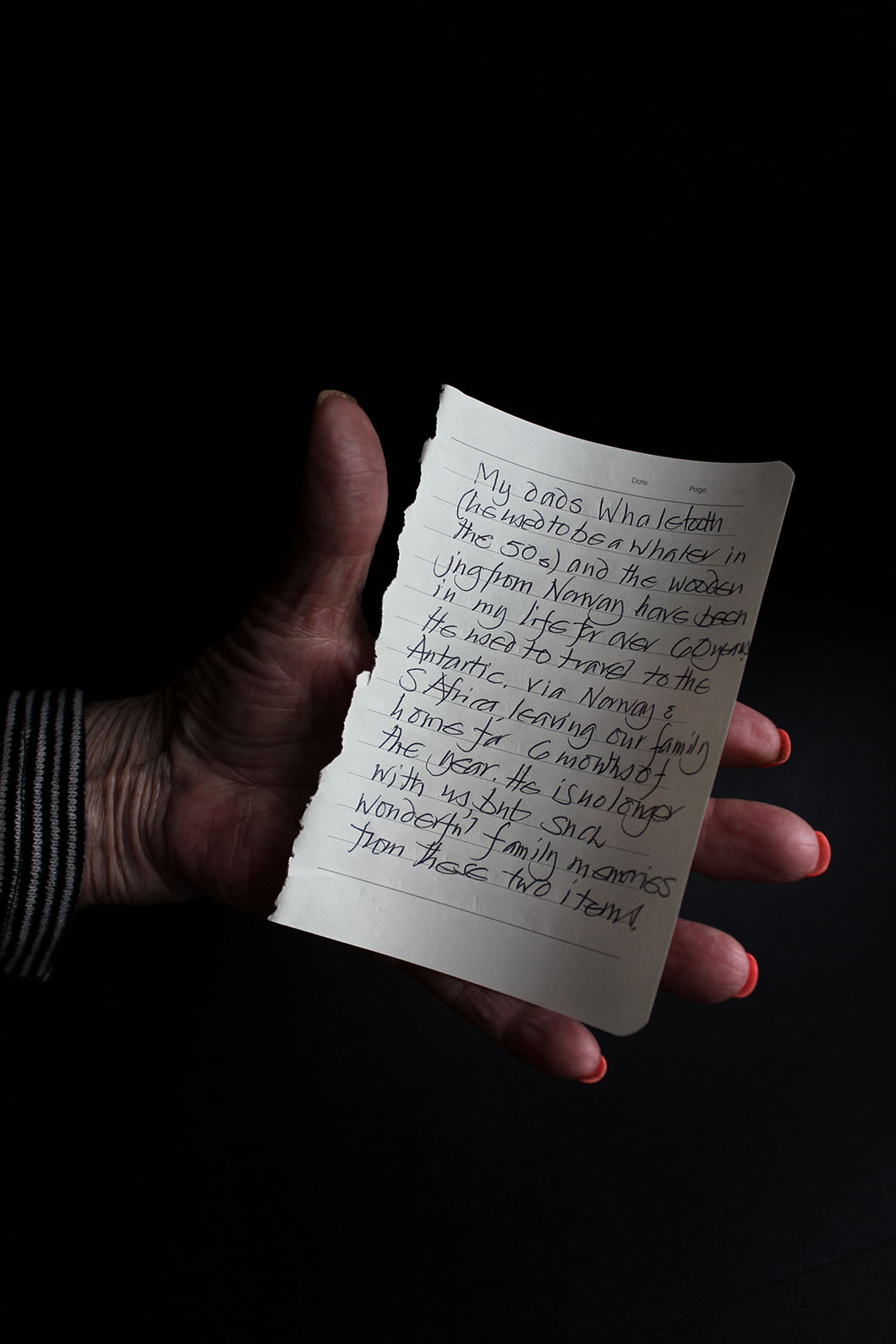




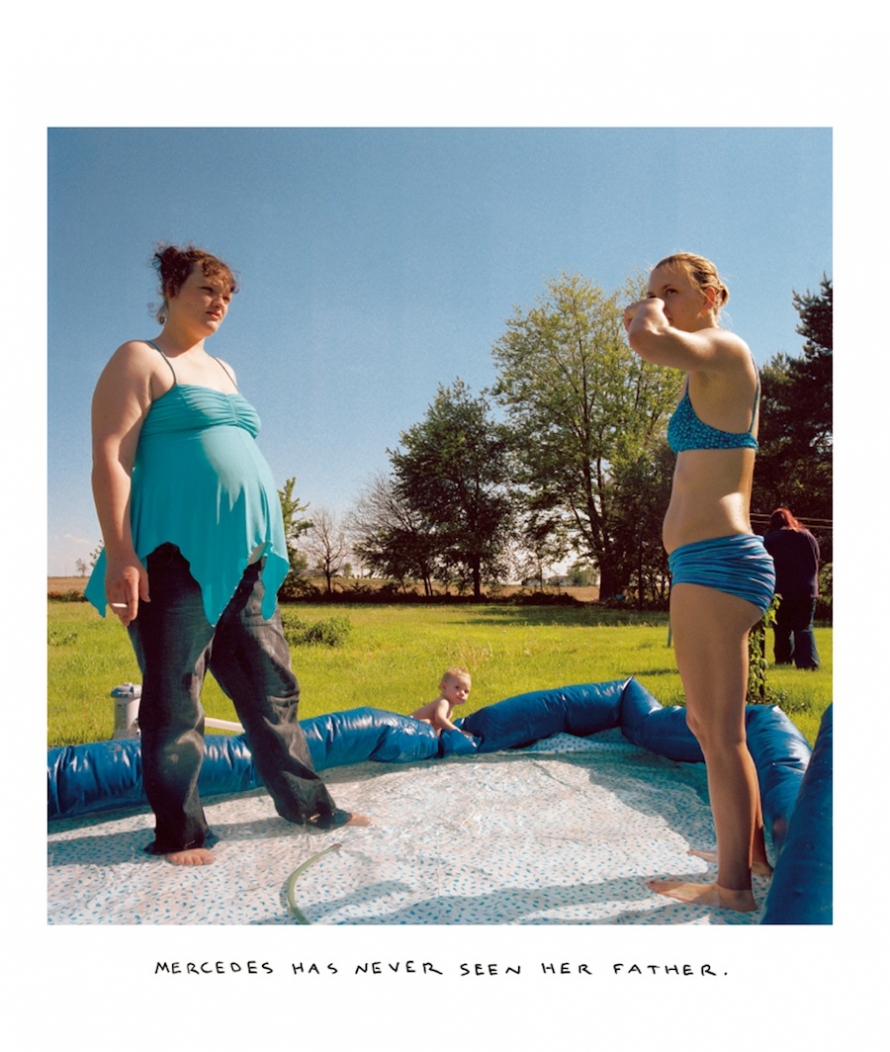

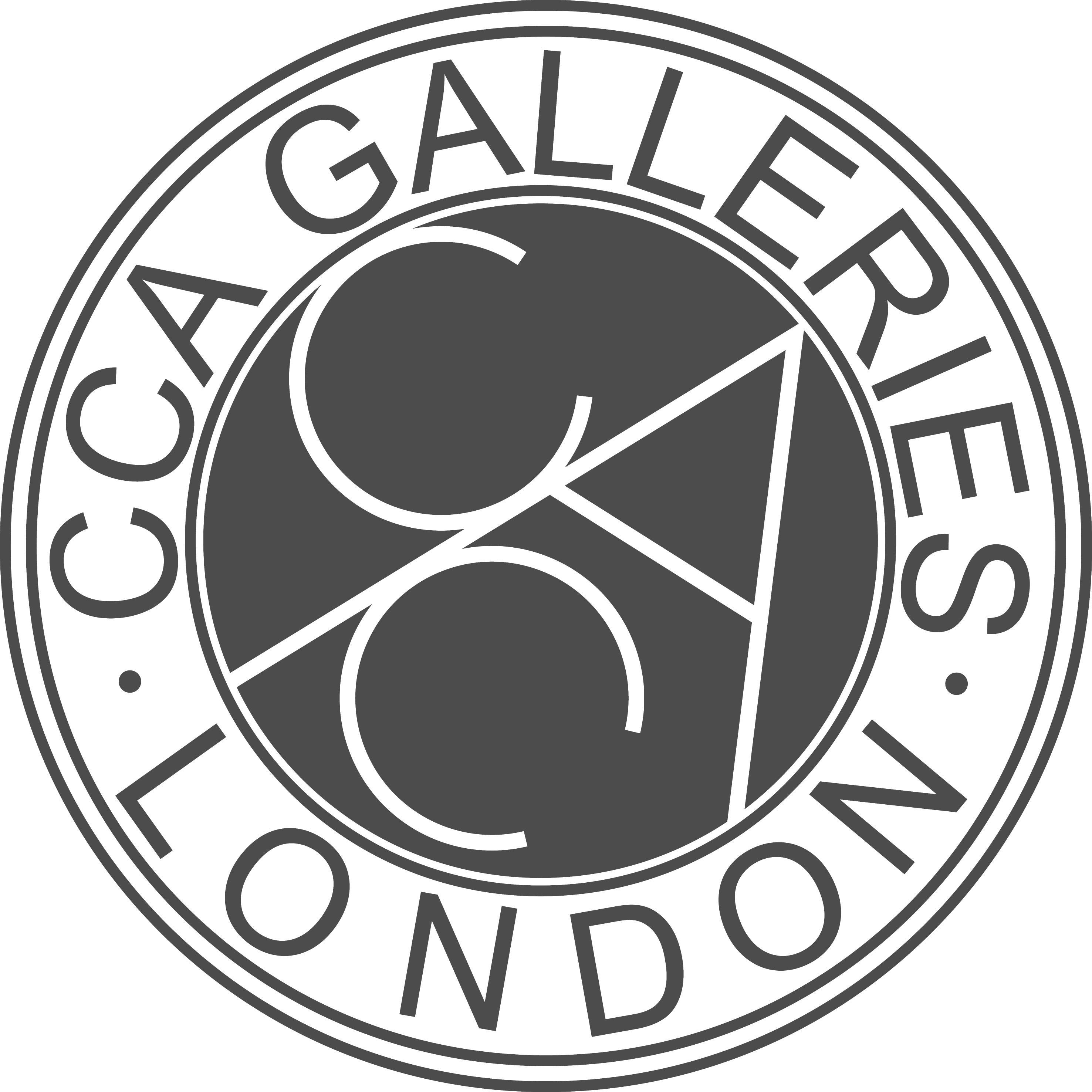


 This (right) is the image I chose as the one I ‘disliked’ due to the fact that I wasn’t too sure what it was and it seemed very dislocated from the serirs as it wasn’t too similar to other images Tanja had produced as the others showed clear subjects in that you could tell what was in the frame. I showed this to her explain it was my least favourite and told her why this was and she then went on to explain that it was a seabed and I then understood and forced myself to understand that in every series of images, there is going to be an anomalous result that may not always fit in however, this is what makes it special and interesting.
This (right) is the image I chose as the one I ‘disliked’ due to the fact that I wasn’t too sure what it was and it seemed very dislocated from the serirs as it wasn’t too similar to other images Tanja had produced as the others showed clear subjects in that you could tell what was in the frame. I showed this to her explain it was my least favourite and told her why this was and she then went on to explain that it was a seabed and I then understood and forced myself to understand that in every series of images, there is going to be an anomalous result that may not always fit in however, this is what makes it special and interesting.



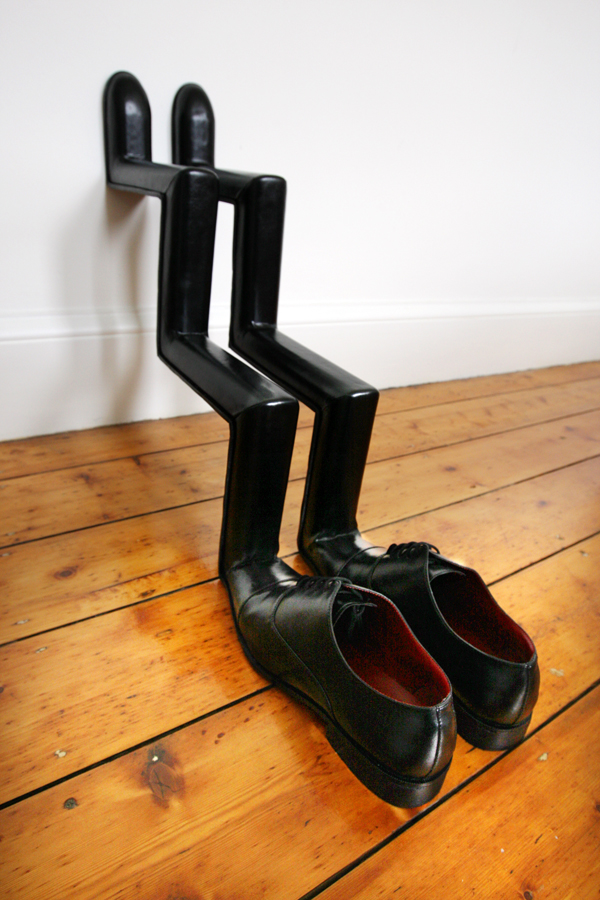
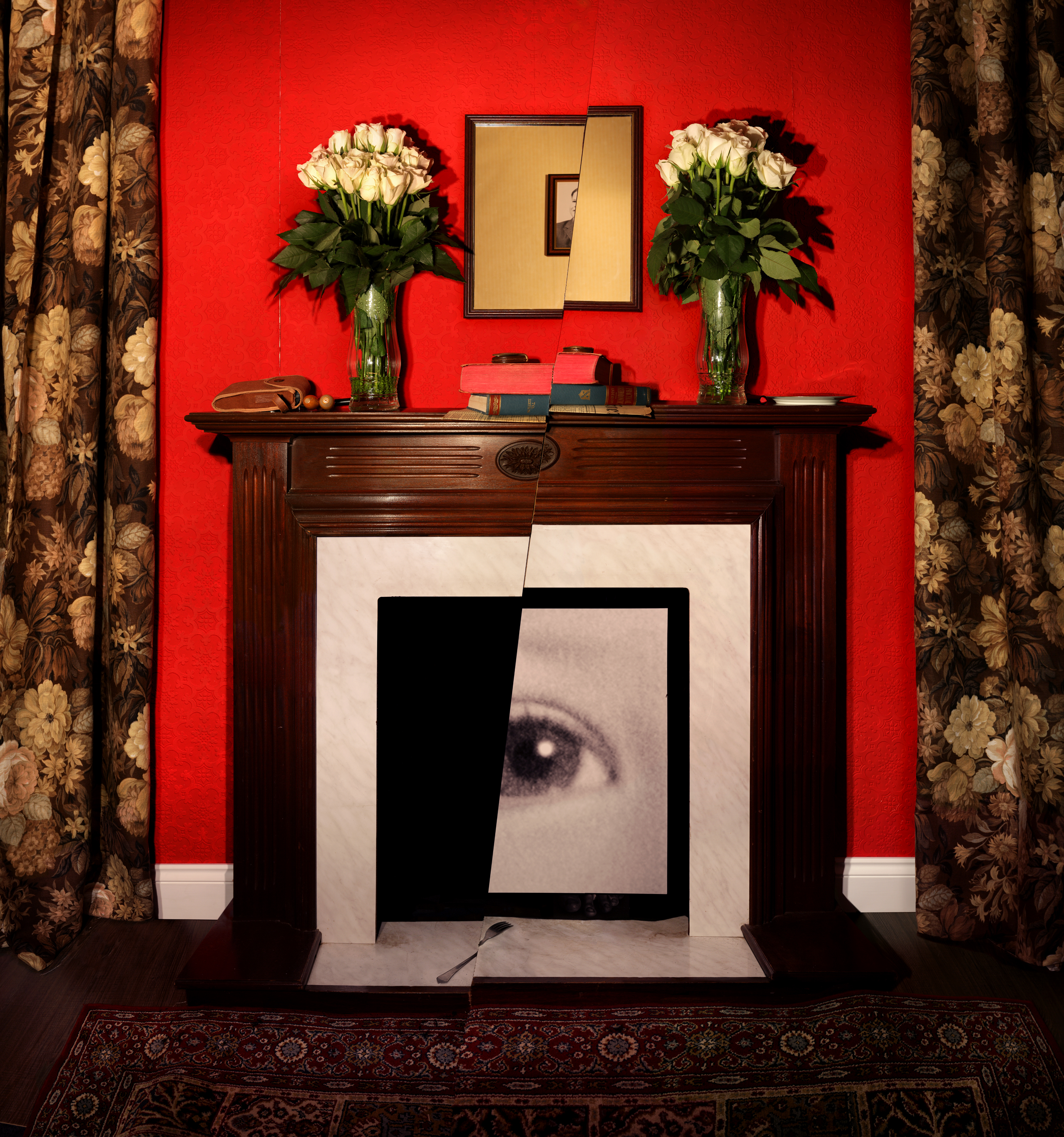
















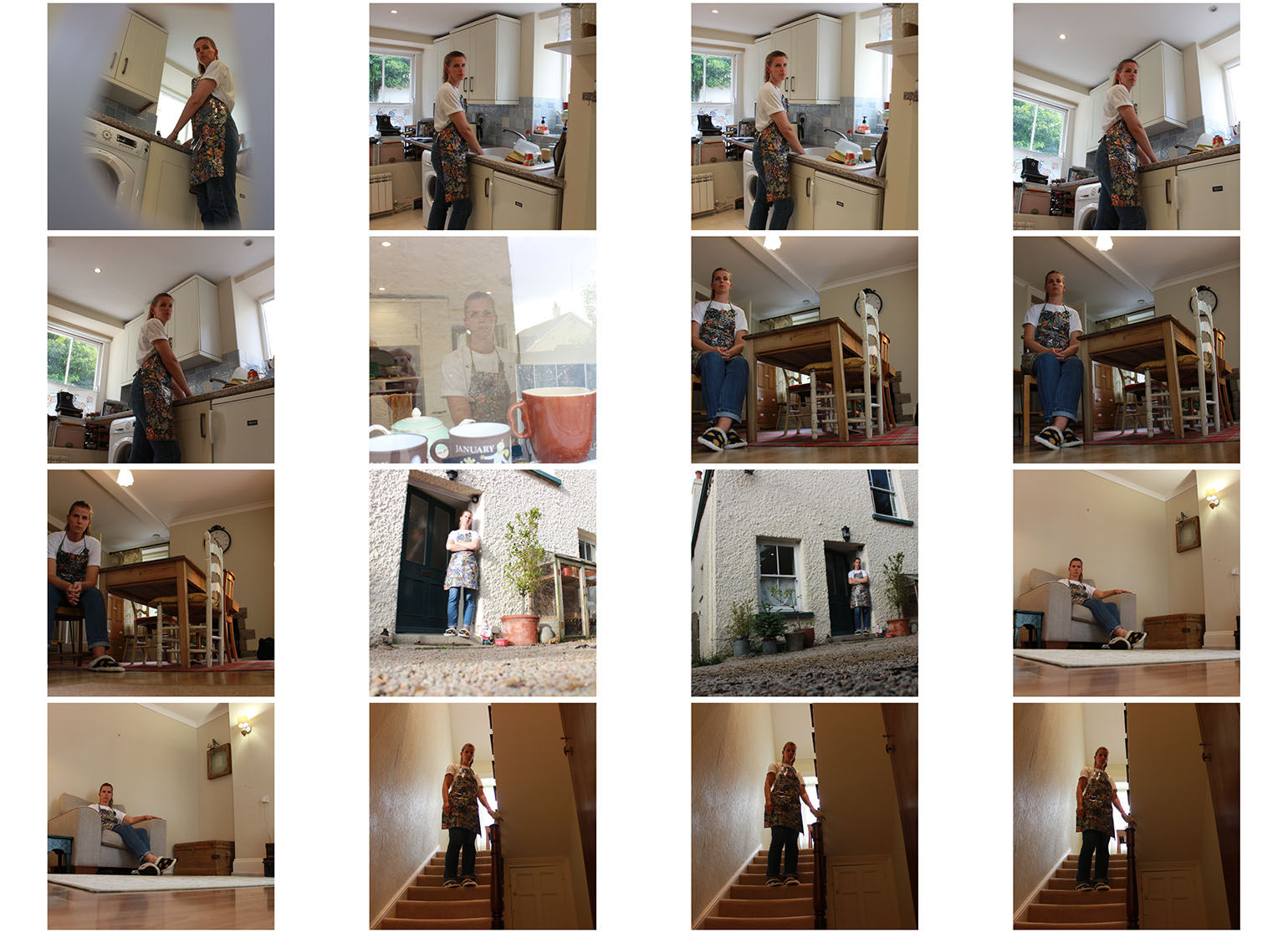
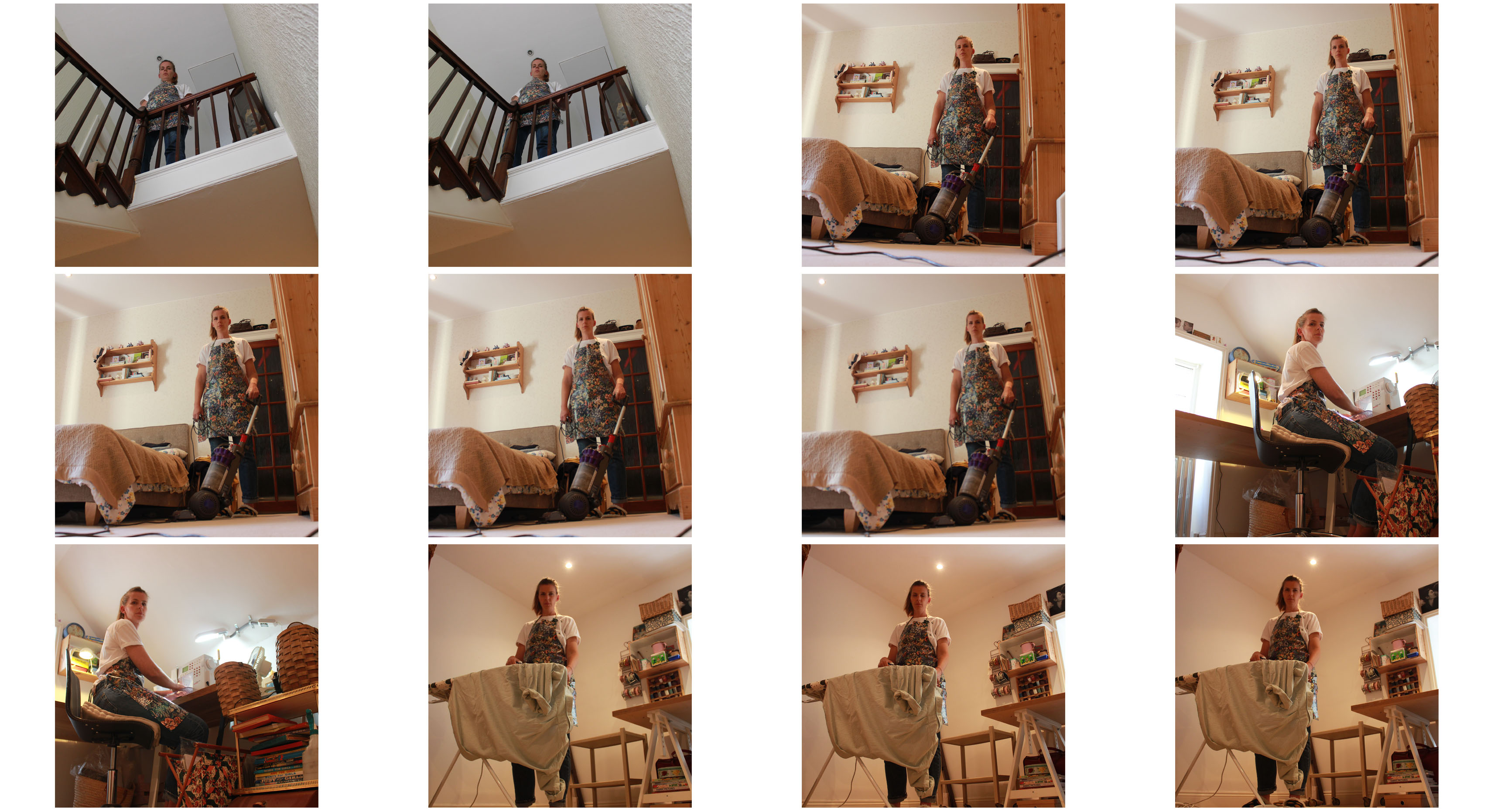
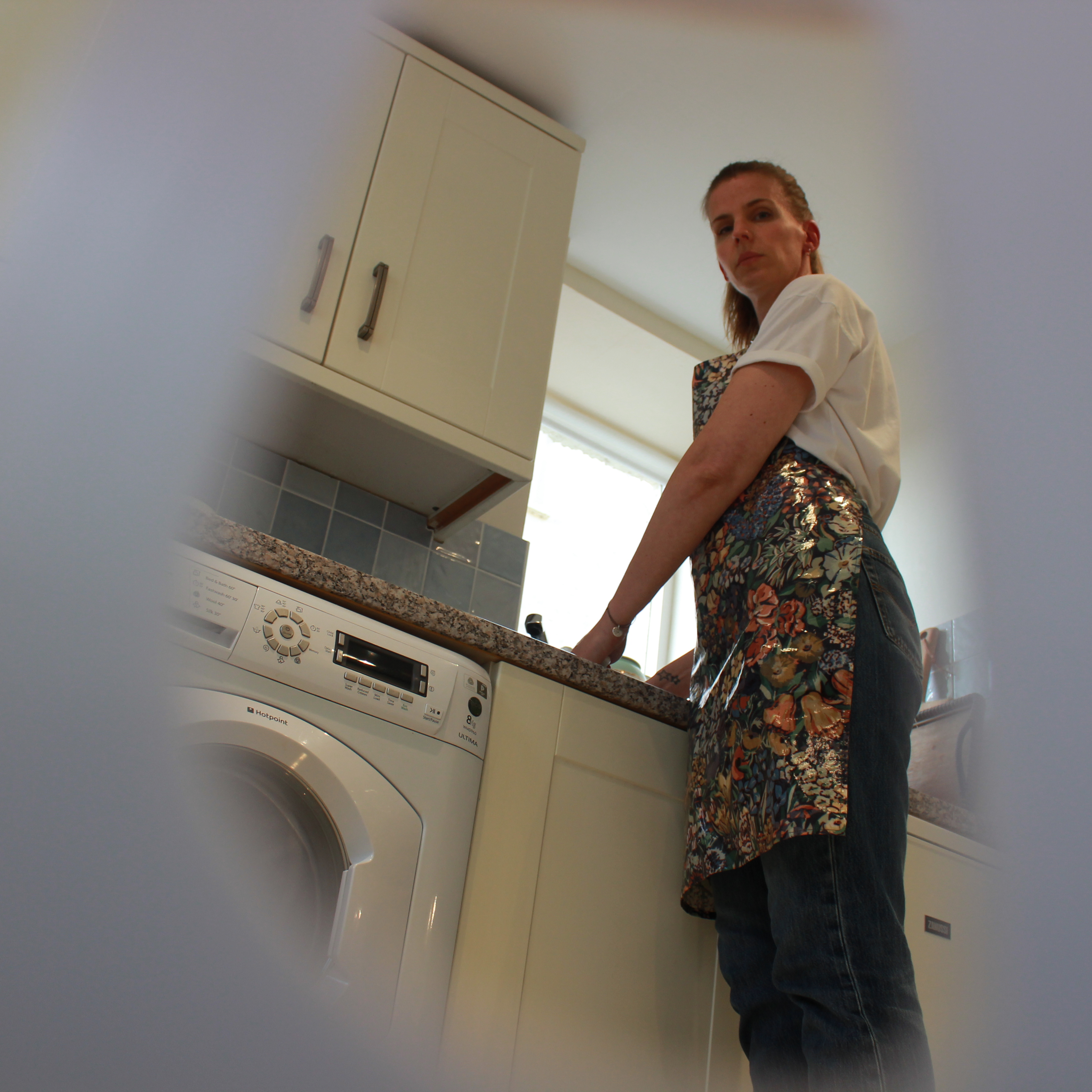 For example, the image above was the first image I took during the shoot and it was mainly an experimental sot to see whether I liked the look of this style. However, I opted not to proceed with this style of the rest of the shot because for me, the image looked to overloaded and it did not have the clean and polished affect I wanted due to the foregrounded object obstructing most of the frame. Even though this was intended, I did not like it at all.
For example, the image above was the first image I took during the shoot and it was mainly an experimental sot to see whether I liked the look of this style. However, I opted not to proceed with this style of the rest of the shot because for me, the image looked to overloaded and it did not have the clean and polished affect I wanted due to the foregrounded object obstructing most of the frame. Even though this was intended, I did not like it at all. Again, this image above was another experimentation that I attempted to do to give a different perspective however, it did not work. I also want the photoshoot to be consistent in the way each shot was photographed, just in different rooms of my house. However, I would not be able to do this in each room that we shot in so this would not be appropriate to show as part of the final images but was useful as an experimentation but the reflection of the window is too over-powering and it fades out the subject.
Again, this image above was another experimentation that I attempted to do to give a different perspective however, it did not work. I also want the photoshoot to be consistent in the way each shot was photographed, just in different rooms of my house. However, I would not be able to do this in each room that we shot in so this would not be appropriate to show as part of the final images but was useful as an experimentation but the reflection of the window is too over-powering and it fades out the subject.
